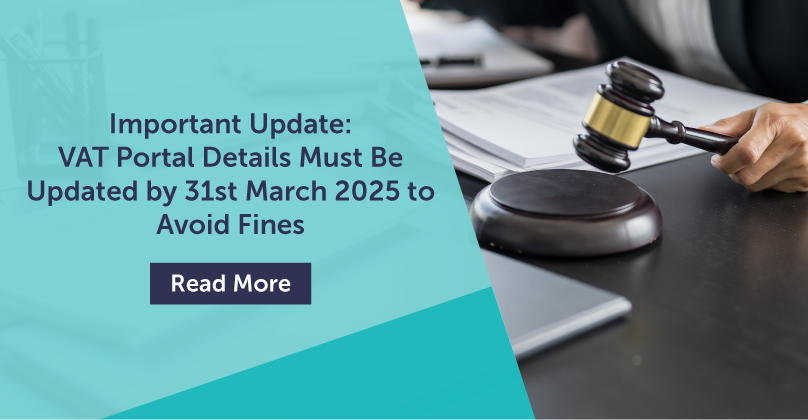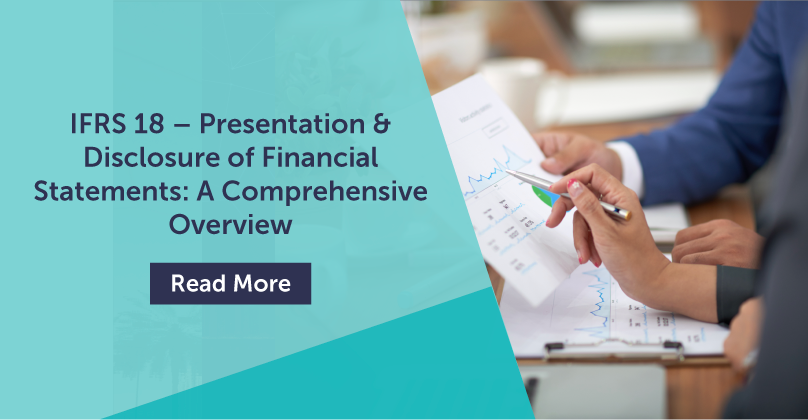
- Dec 05,2013
- All
How Depreciation Affects Your Assets: Methods You Must Know
In the financial world, nothing stays the same forever—especially not the value of your assets. Depreciation is a reality every business and asset owner must face. Whether you own machinery, buildings, or even currency, understanding how depreciation works is critical for sound financial planning. Let’s dive into what depreciation really means, why it happens, and how you can manage it efficiently.
What is Depreciation?
Depreciation refers to the gradual decline in the monetary value of an asset over time. Typically, this reduction occurs due to regular use, wear and tear, or becoming outdated due to technological advancements. It’s a natural part of an asset’s lifecycle.
Yet, depreciation isn’t only about usage. Factors like unfavorable market trends, inflation, and economic downturns can also contribute significantly. Assets like machinery, equipment, vehicles, and even foreign currency are prime examples that face depreciation regularly.
Interestingly, the opposite of depreciation is known as appreciation—a welcome increase in an asset’s value over time.
Why is Depreciation Important in Accounting?
Depreciation plays a critical role in business accounting. It helps businesses allocate the cost of an asset over its useful life, providing a realistic picture of their financial health. Proper depreciation accounting also influences decisions about investments, profitability analysis, and even tax calculations.
For instance, when valuing real estate for property tax purposes, depreciation helps in providing accurate assessments. In turbulent economic times, like recessions, understanding asset depreciation becomes even more crucial.
Key Methods to Calculate Depreciation
When it comes to measuring depreciation, two primary methods stand out: the Straight Line Method and the Written Down Value Method. Let’s explore both.
Straight Line Method: Simplicity at Its Best
The Straight Line Method is the most straightforward way to calculate depreciation. Under this method, an equal amount of depreciation is charged every year throughout the asset’s useful life until the book value drops to zero or its salvage value.
Formula:
> Straight Line Depreciation = (Cost of Asset Scrap Value) ÷ Useful Life
This method is often recommended for assets that experience minimal obsolescence, such as power plants or certain heavy machinery. One significant advantage? The annual depreciation remains consistent, making it easy to forecast expenses.
It’s also known as the Fixed Installment Method or Constant Method because of its even approach.
Written Down Value Method: Flexible and Realistic
The Written Down Value Method (WDV) offers a slightly different approach. Instead of spreading depreciation evenly, it applies a fixed percentage on the reduced (book) value of the asset each year.
Formula:
> Depreciation Rate = 1/n × [(Residual Value ÷ Cost of Asset) × 100]
Where "n" stands for the asset’s expected useful life in years.
The WDV method is favored in manufacturing industries, especially for assets that require frequent maintenance and repairs. A key feature is that the asset’s value never actually reaches zero—making it more realistic for heavily used assets.
Depreciation and Amortization: What's the Difference?
Although closely related, depreciation and amortization aren’t exactly the same. Depreciation deals with tangible assets like machinery and vehicles, while amortization focuses on intangible assets like patents, copyrights, and licenses.
Both processes help businesses spread out the cost of assets over time, but they apply to different types of investments.
How Depreciation Impacts Business Decisions
Understanding depreciation is vital for multiple reasons:
Tax Savings: Depreciation can reduce taxable income, leading to lower tax liabilities.
Investment Planning: Knowing an asset’s declining value helps in planning replacements or upgrades.
Financial Reporting: It ensures businesses reflect accurate asset values in their balance sheets.
Loan Assessments: Financial institutions often evaluate depreciated asset values before approving business loans.
In short, a smart approach to depreciation can lead to better financial management and strategic decisionmaking.
Choosing the Right Depreciation Method
Not every asset is the same—and neither should the depreciation method be. Factors to consider include:
- Asset’s useful life
- Maintenance costs
- Likelihood of technological obsolescence
- Industry standards
- Tax implications
If you're unsure which method to adopt, professional advice can make a world of difference.
At Emirates Chartered Accountants Group, our expert consultants guide clients in selecting the most suitable depreciation method, ensuring compliance with accounting standards and maximizing financial efficiency.
Need help? Send your inquiry to communication@claemirates.com.
FAQs About Depreciation
What is the main purpose of depreciation?
Depreciation helps in spreading the cost of an asset over its useful life, offering a true reflection of an asset’s worth in financial records.
Which assets are usually depreciated?
Tangible assets such as machinery, vehicles, buildings, and equipment are commonly depreciated.
Can land be depreciated?
No, land typically does not depreciate because it does not wear out or become obsolete over time.
What happens if you don’t record depreciation?
Omitting depreciation leads to overstatement of profits and assets, giving an inaccurate picture of a company’s financial health.
Is depreciation a cash expense?
No, depreciation is a noncash expense. It reflects the reduction in asset value without directly impacting cash flow.
When should you start depreciating an asset?
Depreciation usually begins when the asset is ready for use, regardless of whether it is actually being used.
Conclusion
Depreciation may sound technical, but understanding it is essential for making informed financial decisions. Whether you're a business owner managing a fleet of machines or an investor assessing real estate, knowing how your assets lose value over time keeps you ahead of the curve.
By adopting the right method—straight line for simplicity or written down value for flexibility—you can not only ensure accurate financial reporting but also unlock strategic advantages for your business growth.
Need expert guidance? Reach out to CLA Emirates today and make depreciation work for you!
Call for Consultation
Mr. Arun Sankaran | Senior Manager
Mob: +971 50193480
Email: Arun.Sankaran@claemirates.com




